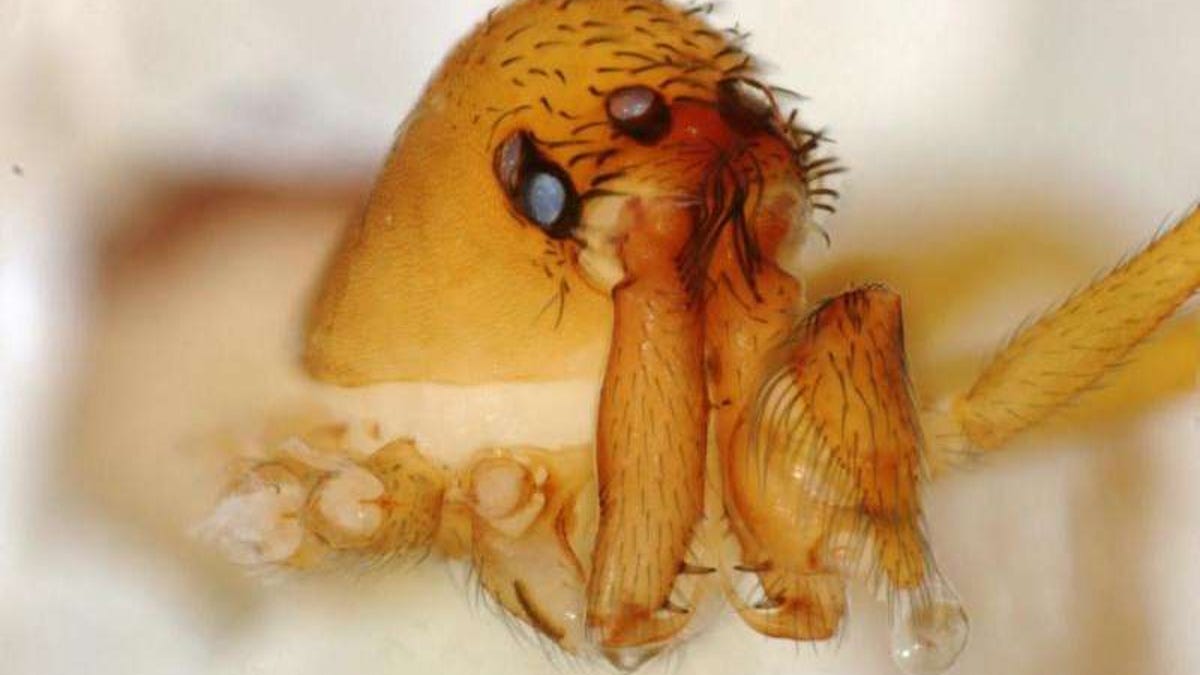Watch jaw-snapping spider's superpower speed in slow motion
Scientists have discovered a spider with a bite so fast that it can't possibly be powering the chomp with its muscles alone.
Scientists have discovered that certain species of spiders native to South America and New Zealand strike their prey with such lightning speed their bodies likely evolved some unknown mechanism to make this movement possible.
The mecysmaucheniid family of spiders grab their lunch using so-called trap-jaws like those found on certain kinds of ants. The speedy spiders are tiny and rather unremarkable specimens at first glance, but under magnification and slowed down significantly it's clear that mecysmaucheniidae are the "Flash" of the arachnid world. Researchers say their natural superpower could even be useful some day for more than just staying fed, with possible implications for robotics.
"The high-speed predatory attacks of these spiders were previously unknown," Hannah Wood of the Smithsonian Institution's National Museum of Natural History said in a release Thursday. "Many of the species I have been working with are also unknown to the scientific community."
Wood has been collecting and filming the spiders for some time, and she's the lead researcher on a paper on the evolution of the spiders' speedy strikes in the journal Current Biology.
The quick striking motion of the spider can be seen in the above video, which was shot at 3,000 frames per second and slowed down to make the snap of the jaws visible. In real life, the action takes place 150 times faster than it appears in the video.
The researchers say this movement can't be powered directly by the spiders' tiny muscles. That means some other yet-to-be-identified structural mechanism of its anatomy must allow it to store the energy needed to amplify the power of its muscles, allowing it to strike with the speed of a real spidey-superhero.
While the findings might not make real superpowers possible for humans, they could have other implications for future technology. "Studying these spiders could allow humans to design robots that move in novel ways that are based on how these spiders move," Wood says.
Just one more reason to fear the robopocalypse -- blindingly fast robotic jaws of death. Perhaps some superpowers should remain limited to really tiny spiders.


